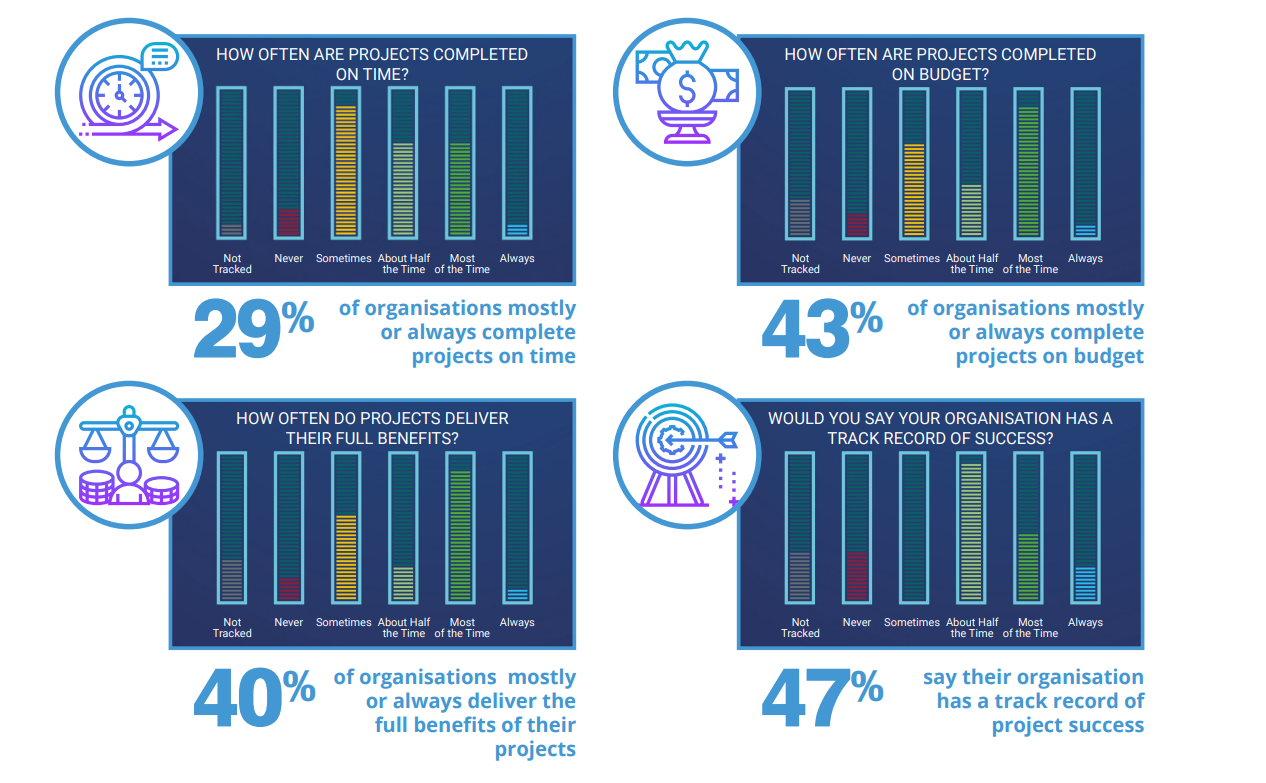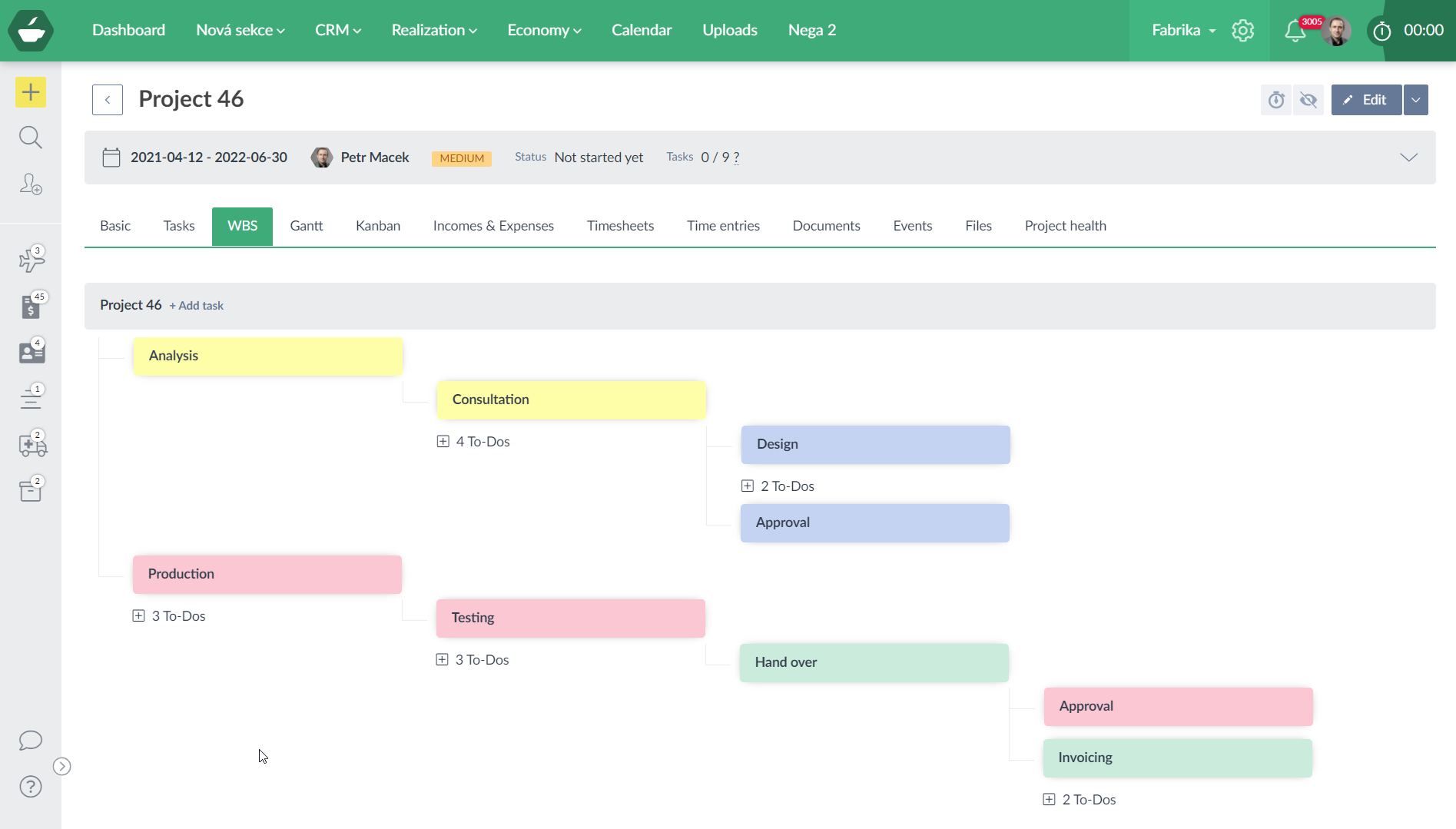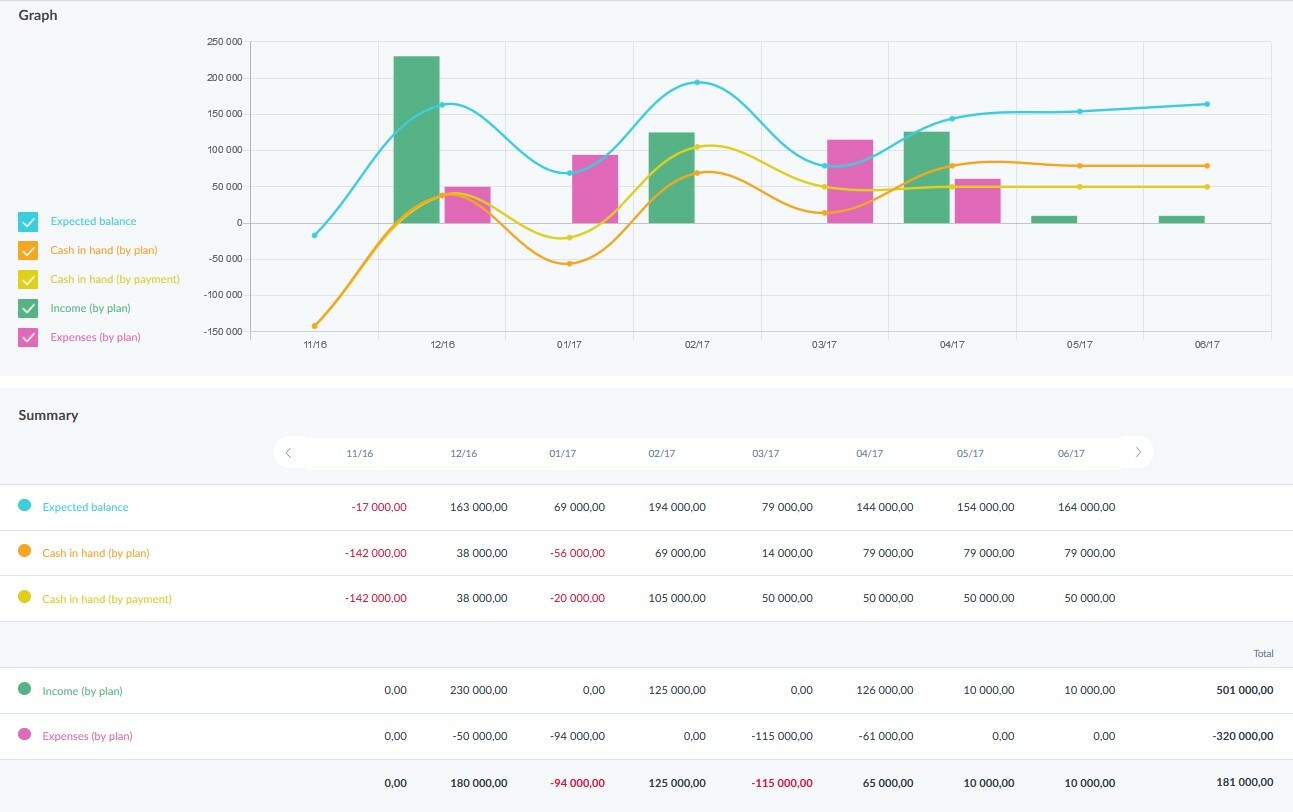Managing projects can be an overwhelming and tedious process – particularly so when you’re running a small business with limited human and material resources.
And yet, there is a light in the tunnel – recent project management statistics indicate that four in ten businesses mostly or always manage to deliver successful projects bringing full benefits, and almost half of surveyed organizations report having a track record of winning project execution.

🎓 CAFLOU® academy is brought to you by CAFLOU® - 100% digital project and business management software
All you need to do is make sure to be among the high-performing 40% of businesses.
Overall successful projects, however, do not simply happen by chance.
To help you achieve an outstanding track record of delivering successful projects, we’ve collected five easy-to-follow effective rules that will help achieve your project goals on time and within budget.
Ready to learn the ropes of effective project management? Let’s dive right in with our first rule…
1. Manage scope effectively
Managing project scope is the most important part of the project management process. Project scope management includes defining, documenting, and communicating all the activities that need to be performed for the successful completion of the project.
Project scope is the total amount of work required to complete a project successfully. It’s also a list of everything that you will deliver to your client and the end product. As a project manager, your main objective is to manage this scope effectively so that you can deliver what you promised on time and within budget.
Planning the project scope
All projects start with the requirements gathering phase where you gather all the information about what needs to be done, what will be required from your team members, and what are the deadlines for each task. Once you have all this information documented in one place, it becomes easier for everyone involved in the project to understand their roles and responsibilities better. This helps them in planning their activities accordingly and ensures that no one misses out on anything important.
Defining project scope
The scope is defined as everything that must be done to deliver a product, service, or result. Defining scope involves identifying what needs to be done and why it needs to be done. The scope can also be defined as "what you do" or "what you're responsible for".
Project scope statement
Once all these details have been gathered, it’s time for you as a project manager to create a document called project scope statement. The project scope statement summarizes all the data and aspects discussed during the requirements gathering phase.
Make sure to cover the following elements in your scope statement:
- Project objective
- Deliverables
- Pinpointing the major milestones to be tracked without specifying the exact dates
- Key requirements
- Limits and exclusions,or what’s out of scope
Work breakdown structure (WBS)
Work breakdown structure is a tool that helps you organize your project. It’s a way to break down the work required to complete a task or project. And it helps you better understand what it will take to finish the job.

When it’s developed during scoping, the WBS creates a logical framework for planning, scheduling, and controlling project tasks. It’s especially useful when you’re defining deliverables, estimating costs, and preparing budgets.
A WBS is essentially a hierarchical chart that breaks down each deliverable into smaller components. These components are then broken down again into more manageable tasks that can be assigned to individuals or groups of people.
Here are some benefits of using a WBS:
- It identifies all project activities
- It helps identify priorities and dependencies between activities
- It gives you a clear picture of what needs to be done
2. Manage project costs
Managing project costs effectively is one of the most important tasks of project management. You have to estimate costs carefully and manage them strictly to avoid overspending.
Estimate costs
The first step in managing project costs is to estimate them correctly. Project cost management involves estimating the cost of each project phase, task, deliverable, or activity. You also need to know what resources will be required for each task, as well as how much time it will take. Carefully plan your project costs and profits, so you can be sure that they are accurate.
You can estimate costs by looking at similar projects or using industry averages (if available) or historical data from past projects within your company or industry. For example, if you are planning a new mobile app development project, you might look at what other companies in your industry charge per hour for developing mobile apps and use this information.
Make sure to:
- Aggregate the costs of all resources required to complete the project successfully
- Plan project cash flows in time: you can easily do this using a project management tool that comes with a cashflow planning feature that will provide insights into incoming and outgoing cash flows – this will help you track costs in time and modify your estimations.

With Caflou, you can also plan your project costs in time
- Revise your cost estimates throughout the course of the project development
Note that 66% of highly technologically mature businesses complete their projects without exceeding the budget (vs only 47% of organizations that don’t benefit from innovative project management solutions).
Determine budget
The next step is to determine an appropriate budget for your project. You must decide how much money you can spend on a particular project. Include any additional funds required for its successful completion, such as outsourcing certain processes or hiring additional workers to deal with them.
Using an advanced project management tool with economical features can save the day and help you accurately determine and manage project budgets. With more complex projects you can create an itemized budget. This is a detailed budget of all the costs associated with your project. It includes fixed and variable costs.

You should also allow for contingencies, which are expenses that may occur unexpectedly or outside your control. Identifying the key cost drivers early on will let you plan for them effectively throughout your project lifecycle.
Depending on your project life cycle, you can set the budget once (with predictive project management) or periodically throughout the project execution (if your project management follows an adaptive model).
3. Manage project schedule
Project schedule management is the process of planning and managing the sequence of work required to complete a project. It includes activities, such as identifying the work to be done, establishing the order in which that work will be done, and determining when it will be completed. Without it, you may end up delivering the project late, which can harm both your reputation and the reputation of the company you work for.
Define activities
Activities are individual tasks or phases within tasks that must be done for a product or service to be produced. Lay down the particular actions required to produce the deliverables. WBS (mentioned above) lays a good basis for this process.
Sequence activities
Identify the dependencies among the activities you’ve already defined. These are relationships between them that require one activity to finish before another begins (there are more types of dependencies but this one is the most frequent one). In this way, you set the most effective order in which the project activities have to be performed.
The sequence may not necessarily be linear (one after another). It can be circular or even backtracking (if there is no other way).
Estimate activity durations
Calculate the number of work hours required to accomplish the activities based on the estimated available resources. For your estimations, you can use historical data about similar projects or expert judgment if there isn't enough data available.
Develop schedule
Create the project execution and monitoring schedule based on the activity sequences, estimated durations, resources, and schedule constraints. You can utilize various tools to optimize the schedule development process. Gantt charts, for instance, show activities with start and finish dates along with their duration.
Use Gantt to facilitate the clear visualization of the project plan, with the left section presenting the list of activities and the right one showing a timeline with schedule bars. Specialized project management tools, such as Caflou, come with a Gantt chart feature that makes it easy for you to keep project schedules in an organized and clear manner.
Gantt charts are useful because they show all tasks that need to be completed at once (along with dependencies), which helps identify where bottlenecks could occur in a project timeline.
4. Manage resources
To complete a project successfully, you need to have all the necessary resources in place. This is where project resource management comes into play. It’s the process of acquiring and managing the resources that are required for the effective execution of the project.
Resource management deals with how to obtain the appropriate resources, how many resources are required, in what form and when they should be provided, and what will happen if a resource cannot be provided as expected.
Resources can be the people, equipment, materials, money, time, and other items necessary to complete the project. These resources may be internal or external to your organization. Efficient management of resources is especially important for small businesses that feature lean teams and operations.
What do you need to do to handle your project resources effectively?
Estimate resources
Assess team resources and the materials, equipment, and supplies required to complete the project. Your estimation should consider individual tasks as well as dependencies between tasks.
Use historical data from projects with similar scope and complexity to predict future performance on similar projects.
Provide resources
At this step, you have to work out ways to acquire resources. How can you obtain team members and physical resources like equipment, materials, and supplies? This is vital for ensuring successful project execution. Experienced project manager along with project sponsor (often customer or business owner) need to ensure that required resources are available when planned and needed.
Plan and monitor the team's utilization
Functioning with smaller teams, small businesses have to make sure that project work is equally and effectively distributed among all employees. Moreover, knowing who’s responsible for what is vital for running a project smoothly and efficiently.
With capacity planning reports, you can plan workload and use the full capacity of your team. Here is how you can use the workload report feature of a full-fledged business management solution like Caflou.
5. Set up and conduct control process
Control is an ongoing activity, which means that it takes place throughout the entire life cycle of a project. The purpose of this process is to make sure that the project stays on track, within budget, and on schedule.
You need to include every aspect of project execution, so you have to:
- Control scope (monitor the project and product scope and modify the scope baseline accordingly)
- Control costs (track cost and cash flow and adjust your cost estimation and planning throughout project development)
- Control schedule (track task completion to maintain project execution as per the set timeline)
It may look like an overwhelming task to do. However, the right tools can be the helping hand you need. For example, business management system with strong project management and finance management features can be the one source of truth and valuable insights into the progress of your project execution.
Based on this data, you can make informed decisions on any changes and modifications that need to be effected in the course of the project work. Thus, delivering a successful project, on scope, on schedule, and within budget with the available resources becomes a mission made possible.
Conclusion – Time to start consistently delivering successful projects
The next project is on its way. So, the time has come to plan, define, control, and deliver. Apply the tips we’ve just discussed and start your track record of delivering invariably successful projects.
Manage your project scope, costs, schedule, and resources effectively. And finally, monitor and control project execution to make sure it’s completed in line with the planned project scope, budget, and time.
Remember that the right technology with project and project finance planning and management functionalities can make your life much easier and turn your efforts into a sure shot.
<< Back to all articles in the series Caflou Project Management Academy